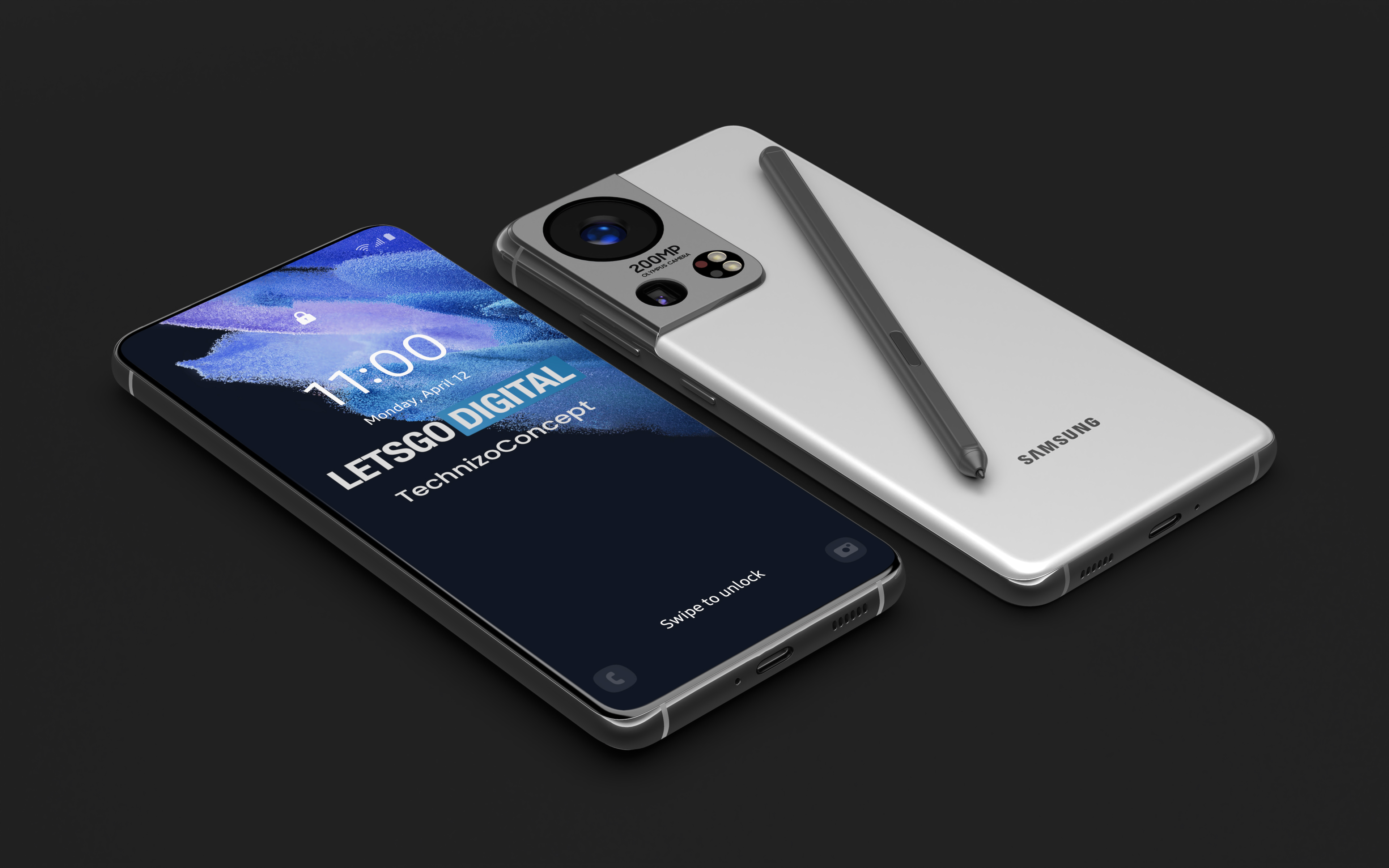This is how the Samsung Galaxy S22 and iPhone 14 will be more powerful than ever
Samsung Galaxy S22, iPhone 14 to get new chipset designs courtesy of Arm

Future phones like the iPhone 14 and Samsung Galaxy S22, among others, will see the holy trinity of computational upgrades: more power, better graphics and greater efficiency. And it's all thanks to Arm and its newly revealed generation of chip designs.
The British company responsible for the designs underpinning huge amounts of silicon in use today has gone public with its latest Armv9 architecture, which promises to ultimately make our tech more powerful, efficient and secure.
- Apple iMac 2021 review: speed, beauty, and great sound in a slim new design
- Get yourself one of the best laptops
- Plus: iPhone 13 Pro renders look pretty real — but don't exactly wow
The stars of the show this year are the premium Cortex X-2 CPU and Mali G710 GPU. These boast 30% and 20% greater performance respectively compared to the current top-performing smartphones, like the iPhone 12 and Oppo Find X3 Pro.
It's not just smartphones, as Microsoft also has a version of its Windows 10 operating system designed for Arm. Unfortunately, Windows 10 on Arm hasn't taken off yet. But with the success of the Apple M1 chip and its tremendous leap in performance over Intel's x86 architecture in lot of cases, reports now suggest that Microsoft too is developing its own Arm-based chips.
Since most Windows apps are designed to work on x86, many developers have yet to optimize their apps for Arm architecture. However, Arm points out that more apps, including the widely used video call client Zoom, are on the cusp of releasing Windows 10 on Arm-ready versions of its software. Just recently, Microsoft teamed up with Qualcomm on a new Arm-based dev kit so that more apps can be developed on Windows 10 for Arm.
Arm's new range of IP falls across three tiers, with Cortex X-2 and Mali G710 at the top, focusing on all-out performance. Below that there's Cortex A-710 and Mali G-510, which are aimed at mid-range devices looking to balance power and efficiency. And at the bottom there's the Cortex A-510 and Mali G-310, which are fully focused on using as little power as needed, making it ideal as back-up cores or for running low-power devices like smartwatches and fitness bands.
More power doesn't help protect your devices from cyberattacks though. Fortunately, Arm has a raft of improvements to this end, including a new system called Memory Tagging Extension.
Get instant access to breaking news, the hottest reviews, great deals and helpful tips.
This feature, developed with help from Google, is designed to prevent bugs that can lead to major security breaches. It’s the same with Secure EL2, another new feature. It locks secured apps away from the rest of the apps installed on a device to keep them safe from attack. However, it adds the ability to separate each of these secured apps from one other too. That should mean if a hacker were to gain access to one app, they won’t automatically have access to others.
Aside from the performance and security of these chips, the third key pillar of Arm's new IP is the Armv9 architecture. It's friendlier for developers, making writing and maintaining code easier so they can focus on optimization.
Early 2022 is when we should see the first set of these new Arm-based devices hit the market. More information is likely to come towards the end of this year.

Richard is based in London, covering news, reviews and how-tos for phones, tablets, gaming, and whatever else people need advice on. Following on from his MA in Magazine Journalism at the University of Sheffield, he's also written for WIRED U.K., The Register and Creative Bloq. When not at work, he's likely thinking about how to brew the perfect cup of specialty coffee.
